Clean India” and “solid waste”
Bhushan Garud : When the cleanliness campaign was undertaken 5 years ago, the goals that were set did not seem to be so large and complex. However, there was speculation that there was a need to construct toilets in the country to meet this goal. Therefore, separate resources were provided to construct toilets. But in Swachh Bharat Abhiyan, the important work of solid waste management does not seem to be happening at large. Because there was no way to predict the actual amount of waste that could be dumped from the industry and homes, and how much waste would be collected in the new centralized waste management system, even if it was collected? The only name we have for managing this waste is solid waste management. The name was technical.

However, there is no research knowledge or any other hypothesis or study about how difficult and difficult it is to manage solid waste in a strong country like India. The biggest problem in the five years of the sanitation campaign is that of solid waste management. Urban and suburban areas spend a lot of funds to collect garbage from their homes and accumulate large amounts of waste, but the problem of where to put the waste becomes a major problem, as the space for garbage collection is low. Over the past five years, the city’s garbage piles are increasing; But now it is not possible to extend this mountain of waste.
Even now there is no land left to bury in the waste land. In addition, the contamination of the land caused by this waste is another issue. The problem of waste disposal has taken a dimmer today, and it is important to take a deep look into history before finding solutions. Half a thousand years ago, developed cities like Greece and Rome had no facilities for waste management. People used to throw garbage out of the house. There was more land per person. The population was relatively small, so the production of waste was low. The type of waste was different then. Its dissolution was early. After that, the earth’s population began to increase.
The amount of waste is increasing. With the demolition of towns, cities, garbage was thrown outside the boundaries of the state. As the cities began to expand, the problem of solid waste disposal became worse. Wastewater in rivers is increasing. But the river also had a potential for carrying waste. By the 19th century, the trend had changed around the world. It was then that the waste started to burn. This problem has taken a toll on the growing population and competition for development. Until a year ago, the country was estimated to produce billions of tonnes of solid waste annually. The waste includes plastic, e-waste and other deadly wastes.
Not surprisingly, the city where most of the waste is produced or dumped, the local municipalities cannot carry out the garbage collection. Local self-government organizations can collect billions of tonnes of waste alone across the country. This means that about two million tonnes of waste is dumped at the site of production or drained into river drains in the rainy season. This year, the situation was more pronounced in the flood-hit areas of Maharashtra.
In the question of solid waste management, only 1 crore 20 million tonnes of waste is claimed to be disposed of and disposed of. That is, only one hundred million tonnes of waste collected can be disposed of. This means that we can dispose of only 20% of the waste each year. From that it can be concluded that some 300 million tonnes of waste has to be dumped at any place or on the ground, which is a compulsion at the government level. Manufacturing from wet waste and recycling from dry waste is the only solution. The debate over how to use kitchen waste to generate electricity has been going on for years. Some of its experimental models have also been created. Dry waste recycling models have also been introduced in large numbers on a practical basis; But it doesn’t seem to be working on a large scale or level.
All these solutions have been consistently discussed in solid waste management; But there is no concrete solution, or it should be ignored. The answer is simple. Because there is no benefit to waste recycling or recycling. If it was an economically advantageous job, plastic waste would have been worth the gold, it would have been picked up in zero minutes. But there is a new raw plastic market available in the market at a lower cost than it would cost to categorize and recycle waste. This means that the processing of waste is done only for the purpose of picking it up from a place.
The entire waste must be processed but that does not happen. According to the government, however, both solid waste management or disposal is cost effective. In the modern economy, things like redesigning or reusing old ones have no place. Because those things are not productive. Waste processing, recycling does not break into productive things. Therefore, the government is unwilling to provide enough funds for waste disposal. However, if the question of waste is falling behind only for financial reasons, then it should have the financial qualification to provide a substantial amount of funds or develop some schemes, methodology, which will be economically beneficial to the waste recycling through science research. Without it, there is no hope of solving the problem of solid waste management.


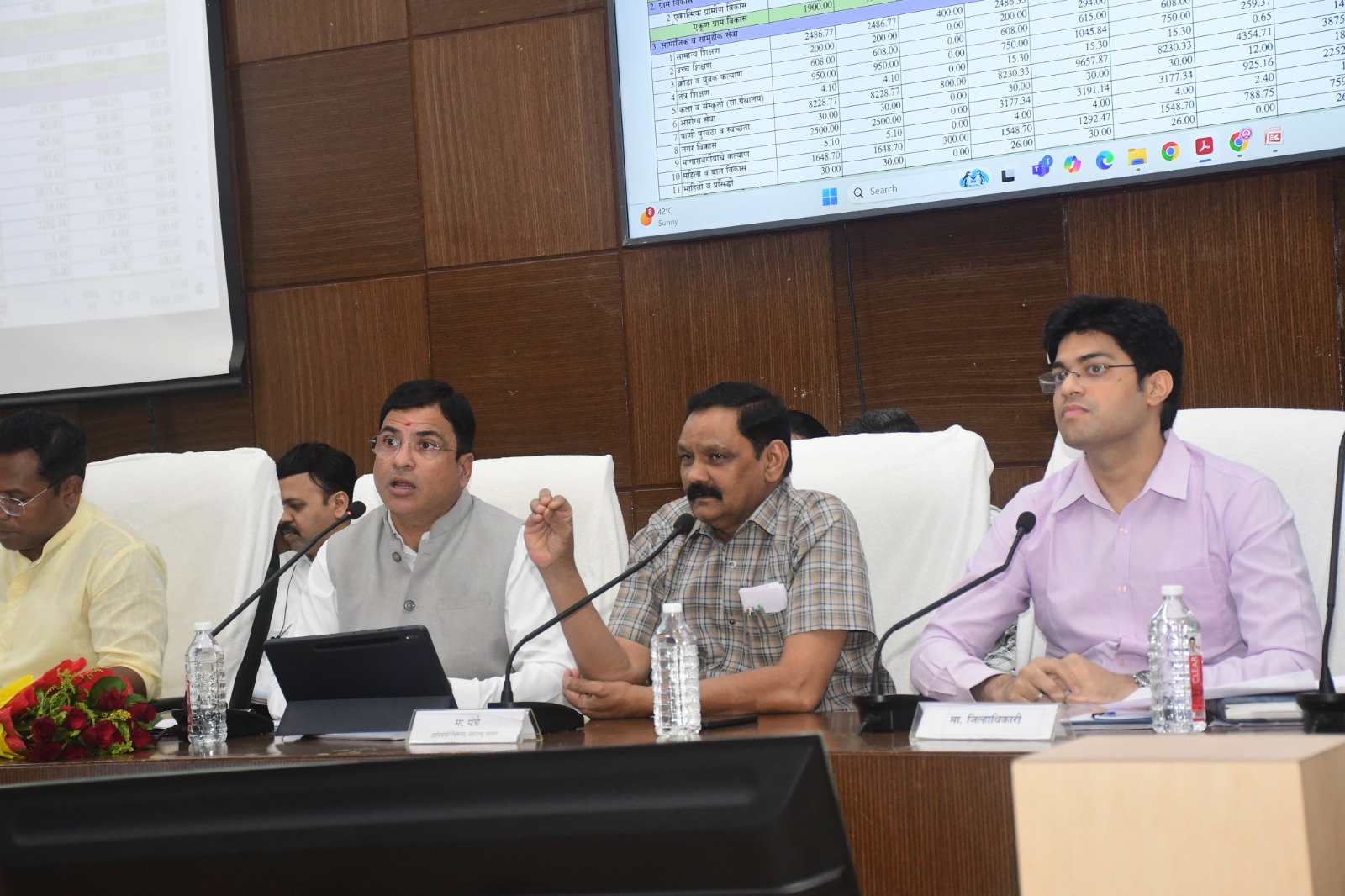
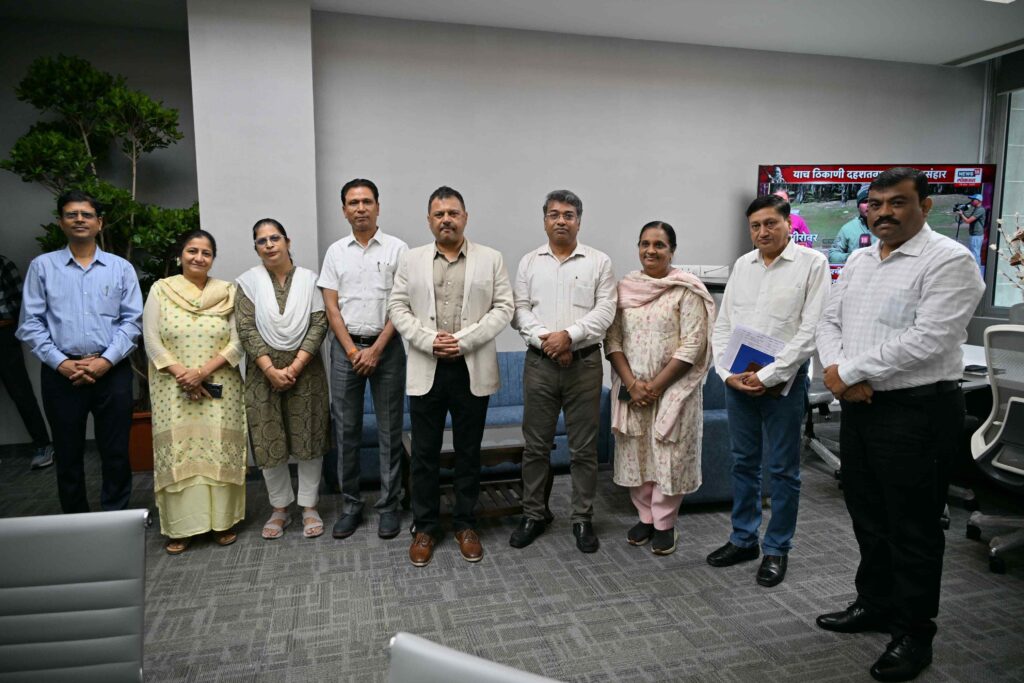
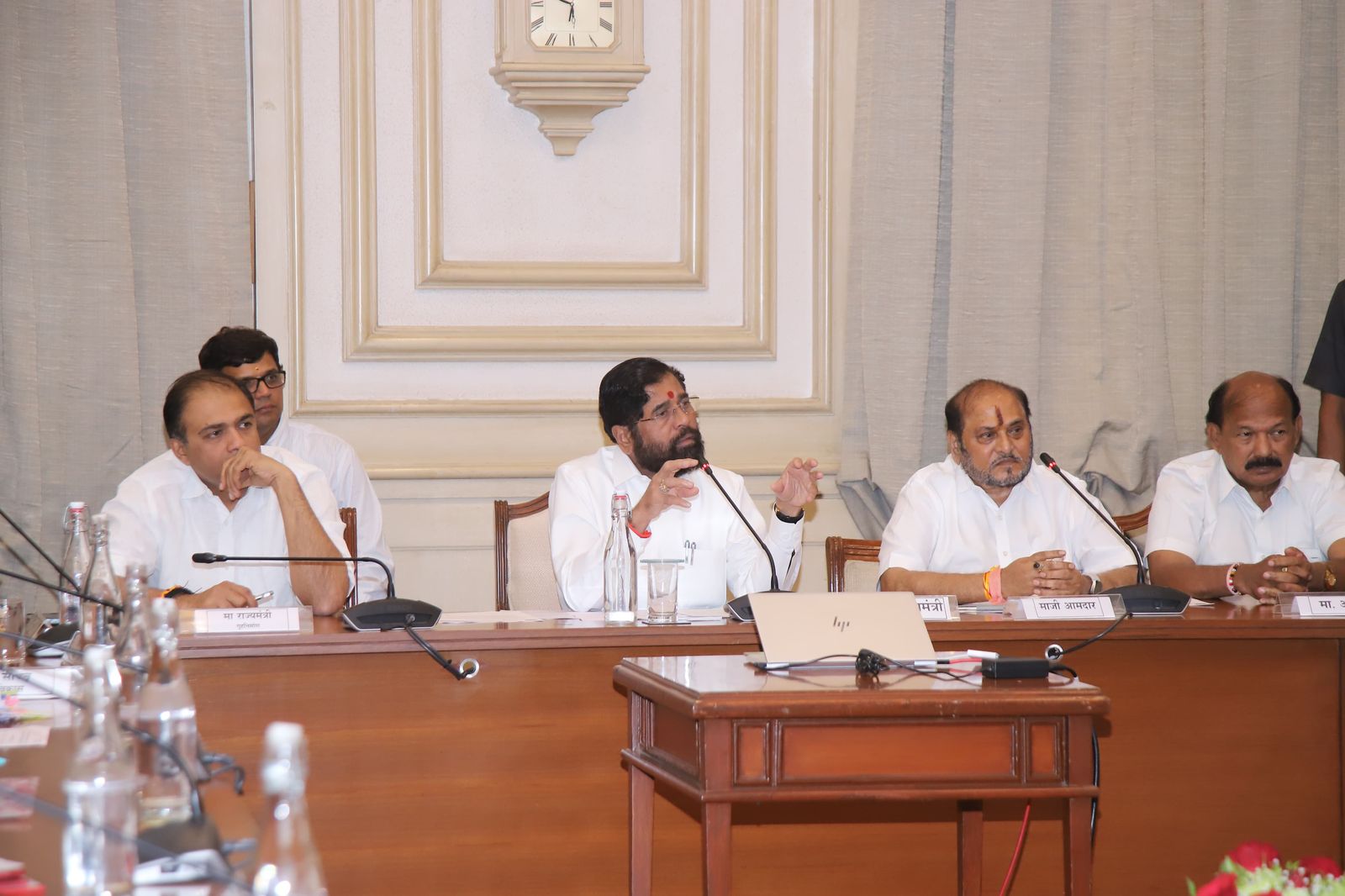
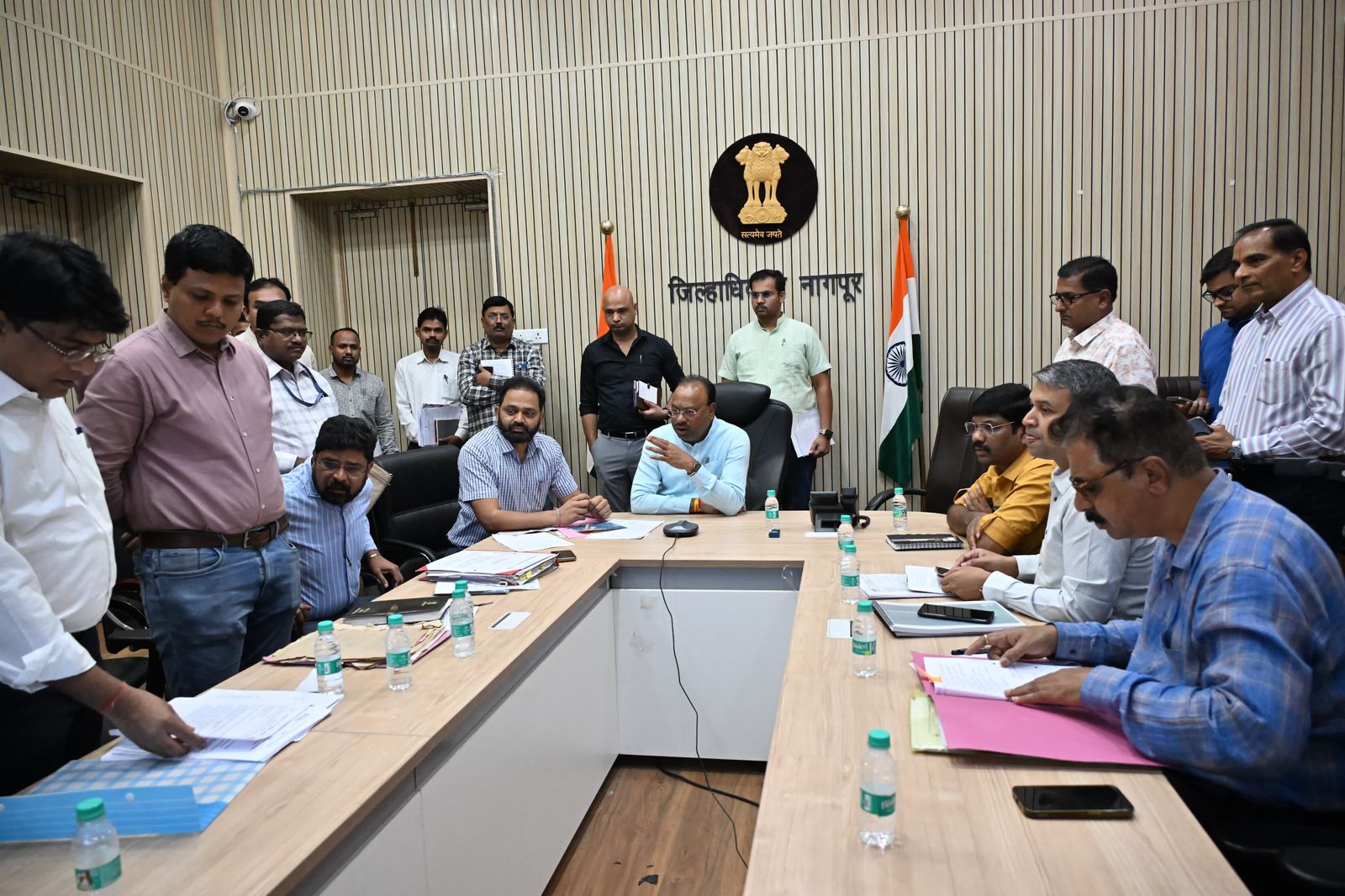

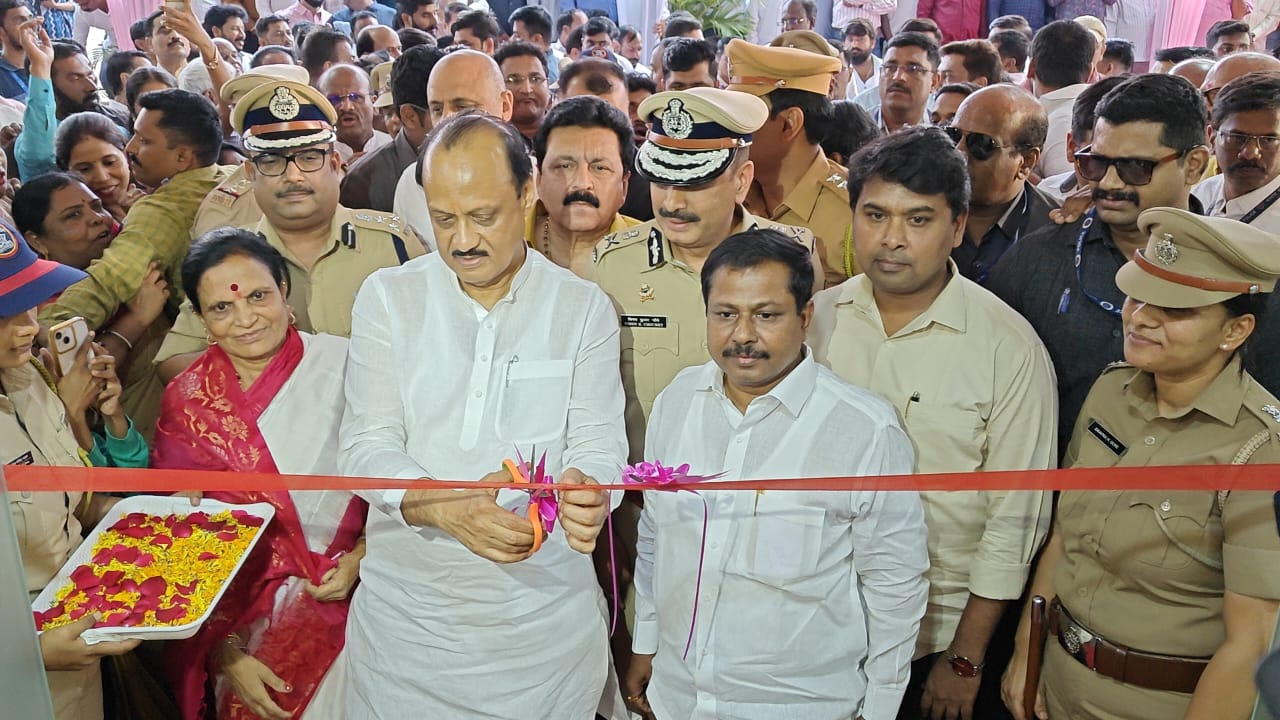
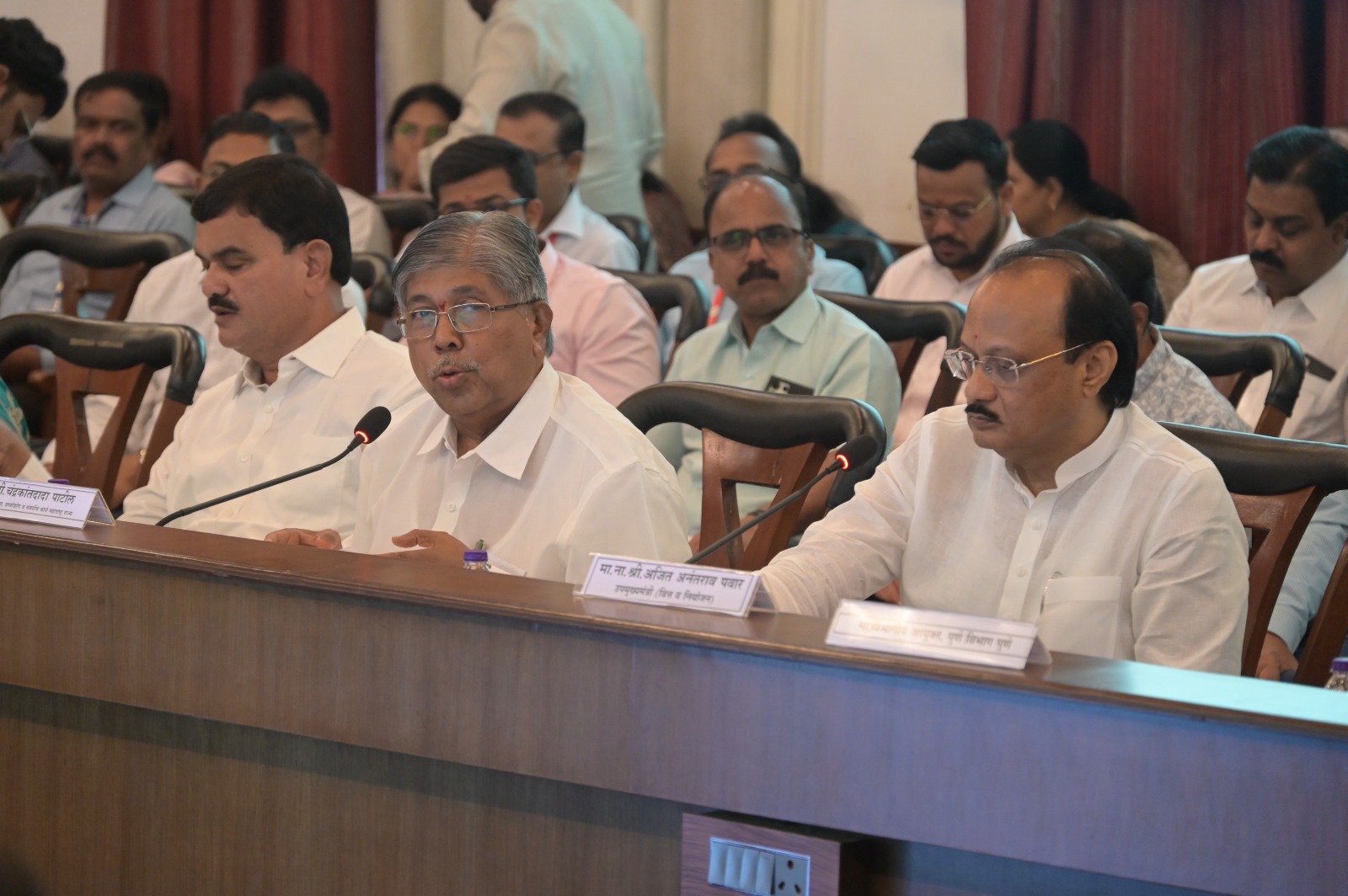

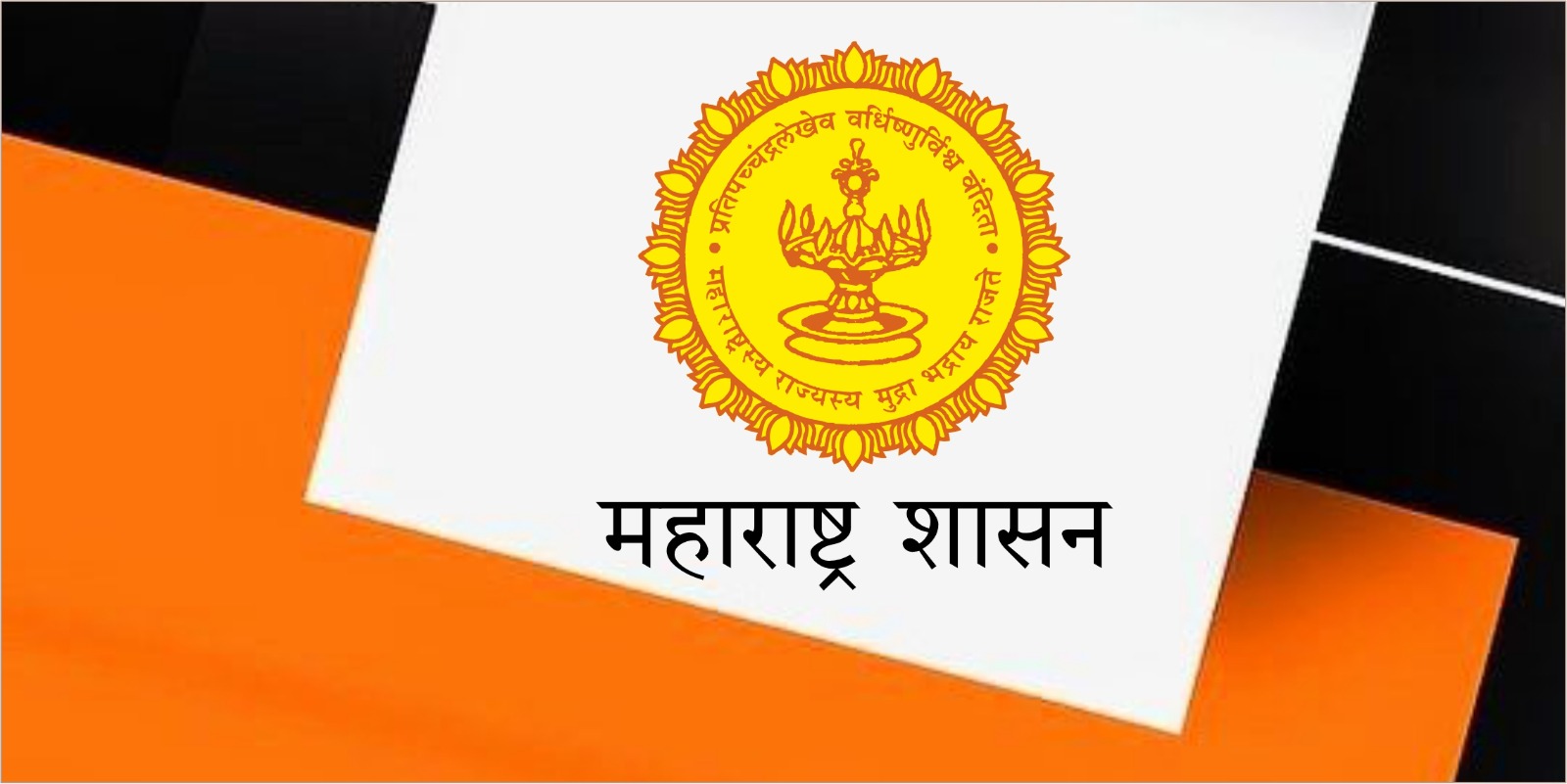

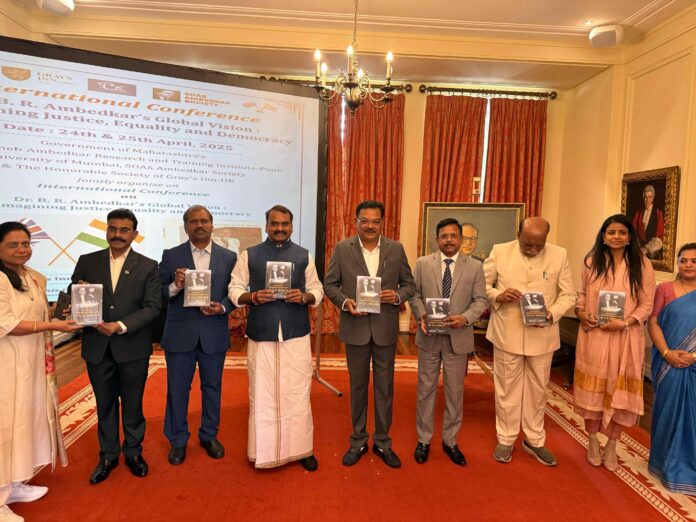






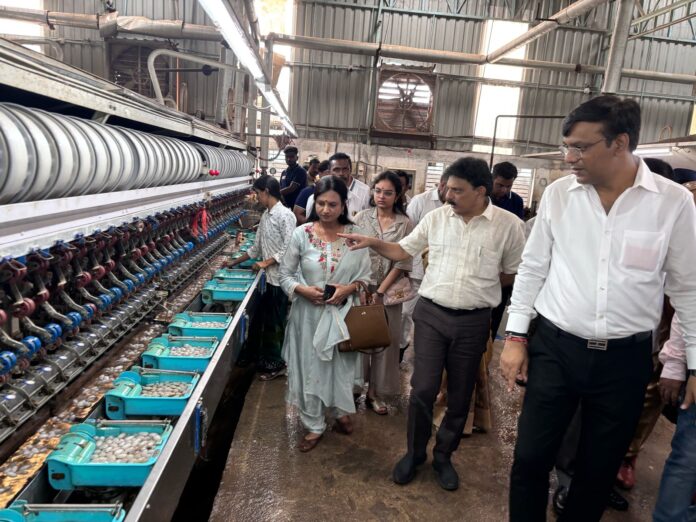

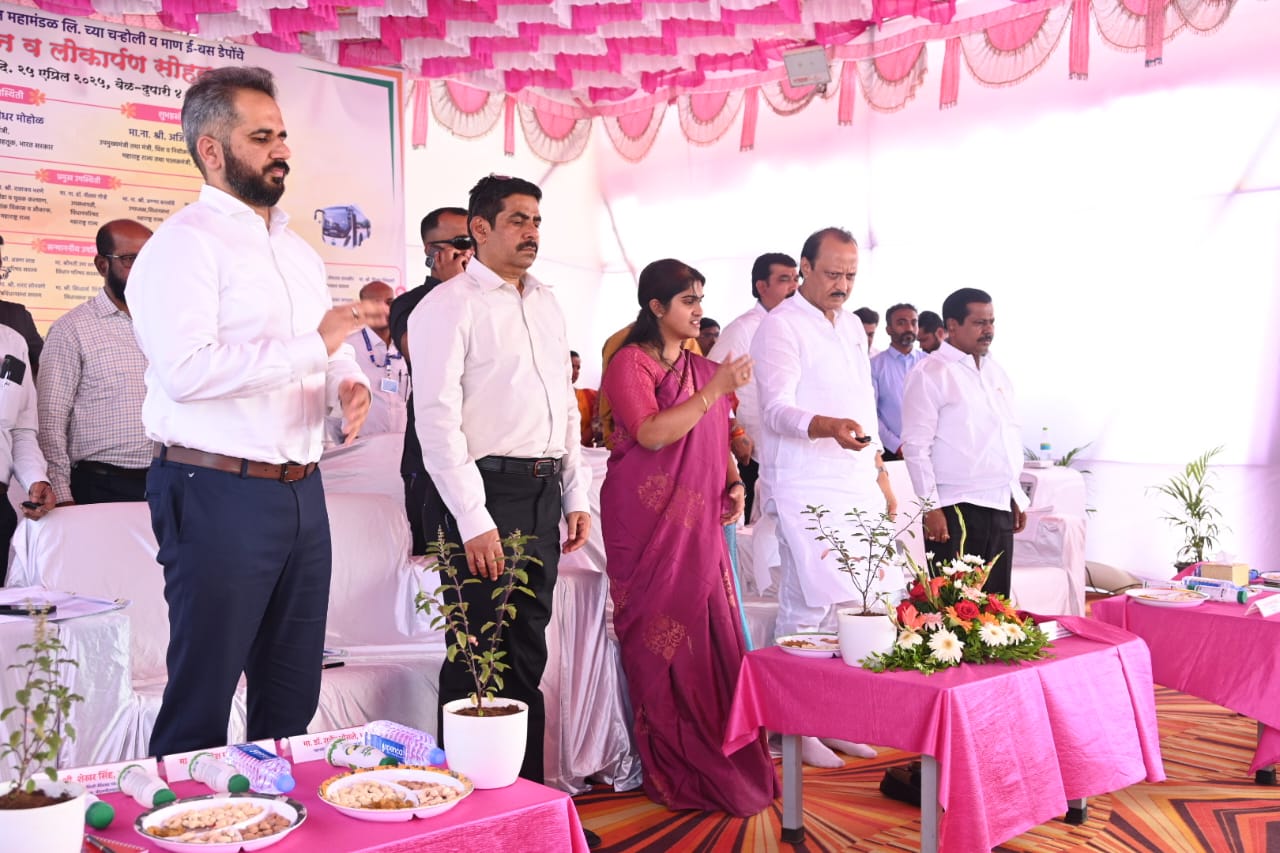

 WhatsApp
WhatsApp